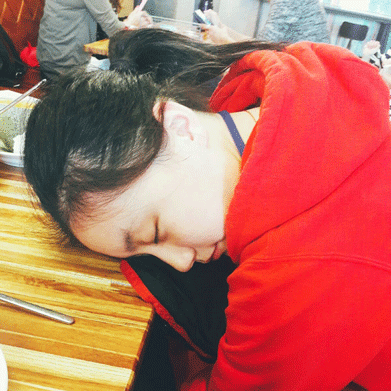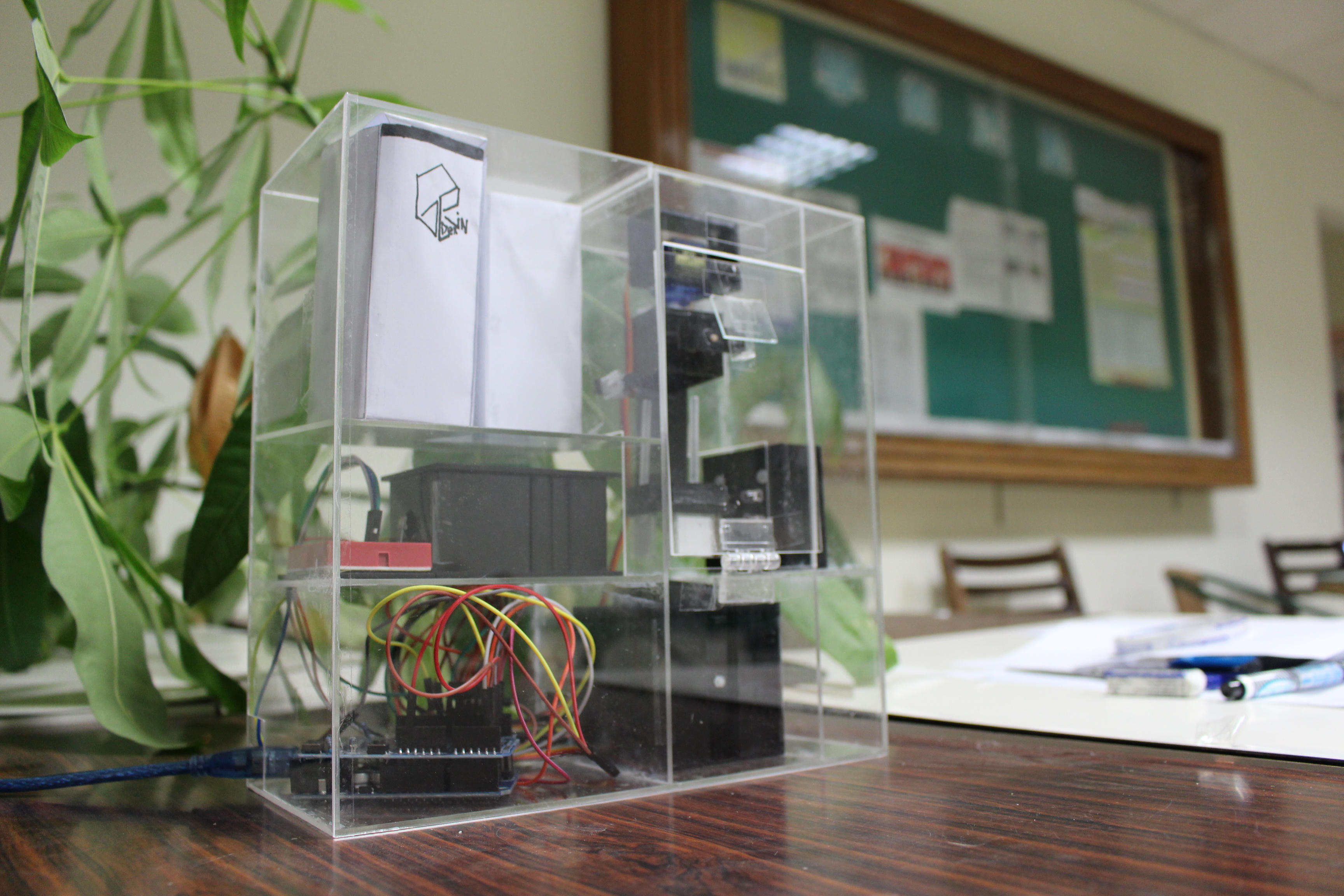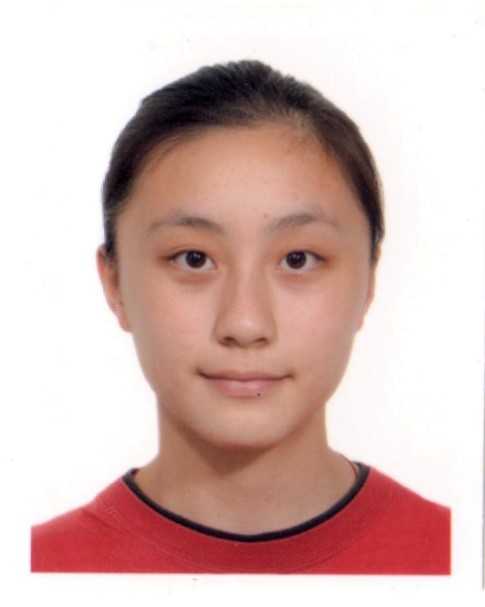About

Hobbies
- Playing sports ( Table tennis , Basketball , Track and Field )
- Reading
- Watching movies
- Photography
Research Interest
- Innovation
- Mechanism and Product design
- Robotics
- VR/AR
Skills
Programming
C/C++,C# , Python, MATLAB, Visual Basic
Middleware & Libraries & container
Robotic Operating System (ROS), OpenCV, Docker
Embedded Devices
Arduino, Raspberry pi(3B/3B+), NVIDIA Jetson TX2
Sensors
Pi camera, Depth camera (D435), Optical tactile sensor (DIGIT)
CAE/CAD/CAM/Machining skills
Solidworks, Abaqus / Ansys Classic, Comsol, 3D printer(FDM/LCD), Laser cutting, 3D scanning
Simulator/Game engine
Gazebo, Unity
Resume
Education
M.S. in Robotics
2020 - 2023
National Yang Ming Chiao Tung University (NYCU), Taiwan
B.S. in Mechanical engineering
2015 - 2019
National Chung Cheng University (CCU), Taiwan
Secondary school
2009 - 2015
T.W.G.Hs Li Ka Shing College (LKS), Hong Kong
Experience
Technical Team Member (Maritime RobotX Challenge)
2022
Sydney, Australia
- Created a realistic maritime virtual environment in Unity and developed an automation program to generate mesh labels, bounding box labels, and depth data, facilitating data for deep learning models.
- Designed a racquetball flinging device and integrated it into the Unmanned Surface Vehicle (USV) system using Arduino through ROS.
- Our team achieved 3rd place out of 20 teams.
Visiting MS student
Advised by Professor Lap-Fai (Craig) Yu's at George Mason University
4/2022~8/2022
Fairfax, VA, United State
- Integrated optical tactile sensors into the WFH-VR system, a VR-based teleoperation system.
- Collected data, trained a perception model, and achieved 70\% precision in detecting whether known objects were grasped or not.
Teaching Assistant (NCTU: Sensing Intelligent System: Professor Hsueh-Cheng Wang)
Fall 2021
Taiwan
- Developed a Gazebo-based virtual robot competition and designed tasks encompassing perception, navigation, manipulation, and integration challenges.
- Created accessible tutorials to facilitate student engagement.
Technical Team Member (International Genetically Engineered Machine Competition, iGEM)
2016-2017
Taiwan
- Conceptualized, designed, and prototyped various modules from initial ideas to functional prototypes.
- Wrote technical articles with a focus on simplifying complex subjects for a wider audience.
- Our team achieved Silver Medal awards.
Publications
"AUTOMATIC DRINK PRODUCTION SYSTEM"
[ Patent Number : I747793 ] (Issued on 2021/11/21)
"TEST PIECE, DETECTION METHOD AND DETECTION DEVICE OF DENTAL CARIES FACTORS"
[ Patent Number : I718431 ] (Issued on 2021/02/11)
“A Heterogeneous Unmanned Ground Vehicle and Blimp Robot Team for Search and Rescue using Data-driven Autonomy and Communication-aware Navigation”
[ paper ] Submitted to Field Robotics - Special Issue: Advancements and lessons learned during Phase I & II of the DARPA Subterranean Challenge. 2021
“WFH-VR: Teleoperating a Robot Arm to set a Dining Table across the Globe via Virtual Reality”
[ Paper ] Submitted to IEEE International Conference on Intelligent Robots and Systems (IROS). 2022
“Learning-based Modular Heterogeneous USV and UAV Team in the Maritime RobotX 2022 Competition"
[ Paper ] Maritime RobotX 2022 Competition Technical Design Paper
Projects
Maritime RobotX Challenge
An autonomous robotic systems operating in the maritime domain competition
We built a heterogeneous USV and UAV team to solve multiple tasks including autonomous docking, navigation, obstacle avoidance, UAV launch & recovery, scan the code, racquetball flinging and acoustic pinging.
WFH-VR teleoperation system
A virtual reality-based teleoperation system that enables users to control robots across the globe.
The proposed system is based on a consumer-grade virtual reality device (Oculus Quest 2) with a low-cost robot arm (a LoCoBot). Leveraging the power of Unity PUN2 for seamless internet communication and the immersive virtual experience, In the virtual environment, we recreated real-world objects through 3D reconstruction or CAD modeling. Our interface synchronizes the movements of a virtual robot arm with the physical robot, providing a seamless experience for both the VR user and the robot's physical environment. our solution allows even 52 novices (i.e. with 5 or fewer hours of VR experience) effortlessly manipulate the robot arm while observing the virtual environment.
Carindex
A detecting instrument that evaluates the risk of tooth decay with saliva

We used synthetic biology technology to modify bacteria to detect targets which would cause tooth decay. These bacteria will be attached to test paper and freeze dried to preserve them until use. Also, we innovated a machine which will take a series of actions to activate the bacteria and a system that detects the strength of the excited light caused by Bacteria interacting with the targets and uses Bluetooth to upload the data, first to a cellphone and then to a server. The data are input into a model calculated by machine learning , and the results sent back to the user’s cellphone to show the risk of cavities.
Contact Me
Please contact me if you intereted in my previous projects !
Or you are finding someone to share your crazy idea ! Or you want to find someone could disscuse with your crazy idea ! Feel free to contact me ~~Email:
yimlaisum.work@gmail.com
